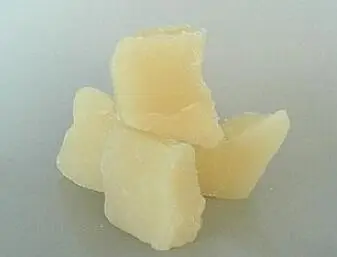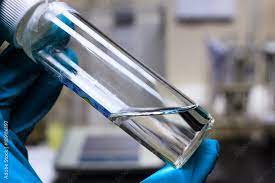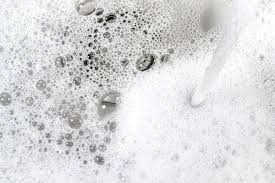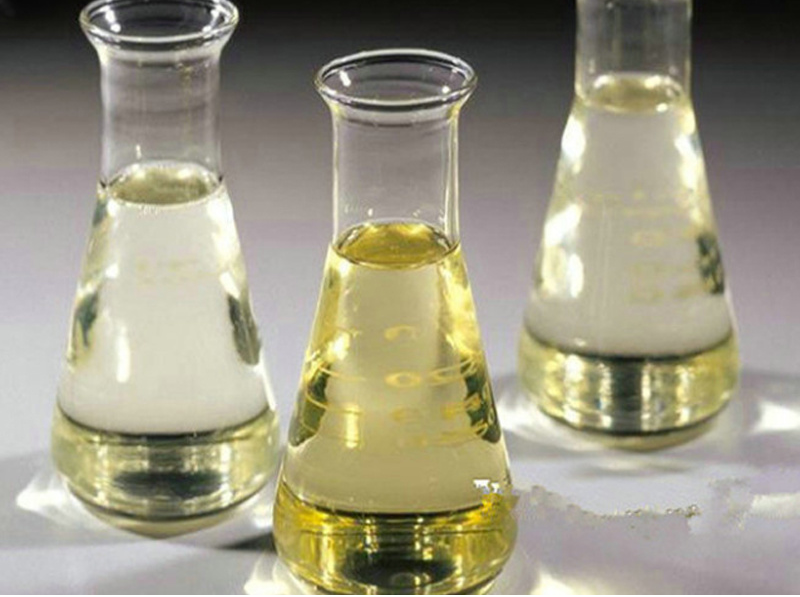**Title: The Lung’s Secret Sauce: What Keeps Your Breath Smooth?**
(What Is The Function Of Pulmonary Surfactant)
**1. What Is Pulmonary Surfactant?**
Think of your lungs like millions of tiny balloons. These balloons are called alveoli. Every time you breathe, they inflate and deflate. Now imagine blowing up millions of balloons. It would be hard work. Your lungs need help. Pulmonary surfactant is that help. It is a slippery, soapy mixture. Your body makes it inside the alveoli. This mixture coats the inside surface of these tiny air sacs. It is mostly fats, called phospholipids. Special proteins are mixed in too. Without this coating, breathing would feel like dragging your feet through deep mud. With it, breathing feels easy. It is the lung’s secret weapon for smooth operation. It works silently every second of your life.
**2. Why Do We Need Pulmonary Surfactant?**
The main job of pulmonary surfactant is simple but crucial. It fights surface tension. Surface tension is the force that makes water form droplets. Inside your lungs, this force is a problem. Water lines the inside of the alveoli. Surface tension wants to pull the walls of these tiny sacs together. It wants to collapse them. Think of a wet plastic bag. The sides stick together. Pulmonary surfactant breaks this tension. Like dish soap breaks water tension, surfactant makes the lung lining slippery. This stops the alveoli from collapsing when you breathe out. It keeps them open and springy. It makes inflating your lungs much easier next time you breathe in. Without surfactant, each breath would be a huge effort. Your lungs would tire quickly. Collapsed alveoli mean less space for oxygen. You could suffocate even with air around you. Surfactant keeps the air sacs open and working right.
**3. How Does the Body Make Pulmonary Surfactant?**
Your body has a special factory for surfactant. It happens inside the alveoli themselves. Special cells line these air sacs. They are called Type II pneumocytes. Think of them as tiny chemists. Their job is to make, store, and release surfactant. These cells take raw materials from your blood. They combine fats and proteins. They build the surfactant mixture. The cells store the finished surfactant in little packages. These packages look like bubbles under a microscope. They are called lamellar bodies. When you breathe, the movement triggers these cells. They squirt the surfactant out onto the inner surface of the air sac. The mixture spreads out. It forms a thin film over the water lining. This film is constantly being used up. So the Type II cells work non-stop. They make new surfactant to replace what gets broken down. This cycle keeps the coating fresh and effective. It is a vital, ongoing process starting before birth.
**4. Applications: Surfactant Therapy Saves Lives**
Understanding pulmonary surfactant led to a life-saving treatment. Premature babies often cannot make enough surfactant. Their lungs are underdeveloped. Type II cells might not be ready. This causes Respiratory Distress Syndrome (RDS). It is a major problem for preemies. Their tiny alveoli collapse. Breathing becomes nearly impossible. Before surfactant therapy, many babies died. Doctors realized replacing the missing surfactant could help. They developed artificial surfactant. It is made from animal lungs or synthetic materials. The treatment is simple. Doctors give the liquid surfactant directly into the baby’s lungs through a breathing tube. It spreads quickly over the alveoli. The effect is often dramatic. Breathing gets easier almost right away. Oxygen levels improve. This therapy has saved countless premature babies. It is one of the biggest success stories in modern neonatology. It directly uses our knowledge of pulmonary surfactant’s vital function.
**5. FAQs About Pulmonary Surfactant**
People often have questions about this hidden hero. Here are some common ones.
* **Do adults ever need surfactant therapy?** Usually not. Healthy adults make plenty. But rare situations exist. Severe lung injuries like from fire or chemicals can destroy surfactant. Some types of pneumonia might damage it. Doctors might use surfactant therapy experimentally in these cases. It is not standard like for preemies.
* **Can problems with surfactant happen later in life?** Yes, but it is uncommon. Some rare genetic diseases affect surfactant production. Proteins in surfactant might not work right. This can cause lung scarring and breathing trouble even in children or adults. Research into treatments is ongoing.
* **Does smoking affect surfactant?** Absolutely. Smoking harms the Type II cells that make surfactant. It damages the delicate lung lining. This reduces surfactant quality and amount. It is one reason smokers get short of breath more easily. Their lungs work harder.
* **Why is it so critical for premature babies?** Babies start making surfactant late in pregnancy. Around 24-28 weeks is when production really kicks in. Babies born before 34 weeks often lack enough. Their lungs are also very small and weak. Collapse happens easily. Surfactant therapy gives them time to grow and start making their own.
(What Is The Function Of Pulmonary Surfactant)
* **Is artificial surfactant as good as the real thing?** Modern artificial surfactants work very well. They are designed to mimic natural surfactant closely. They save lives effectively. Natural surfactant is complex. Artificial versions might not have all the exact proteins. But for the crucial job of reducing surface tension, they perform excellently.
Inquiry us
if you want to want to know more, please feel free to contact us. (nanotrun@yahoo.com)




